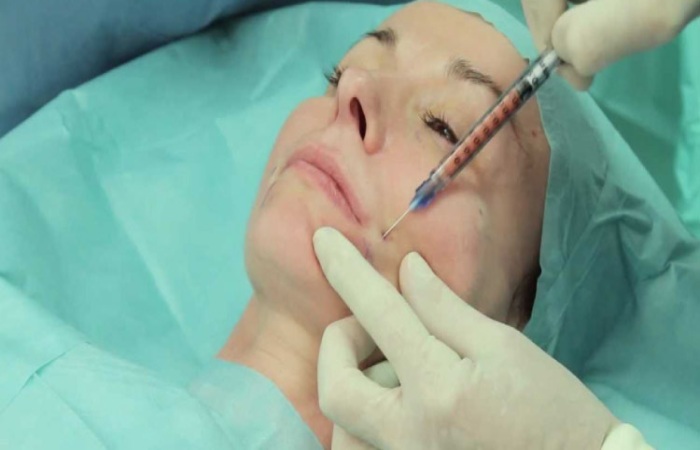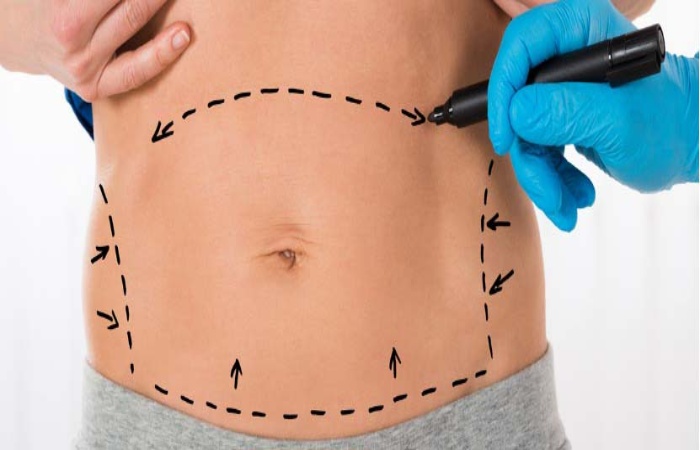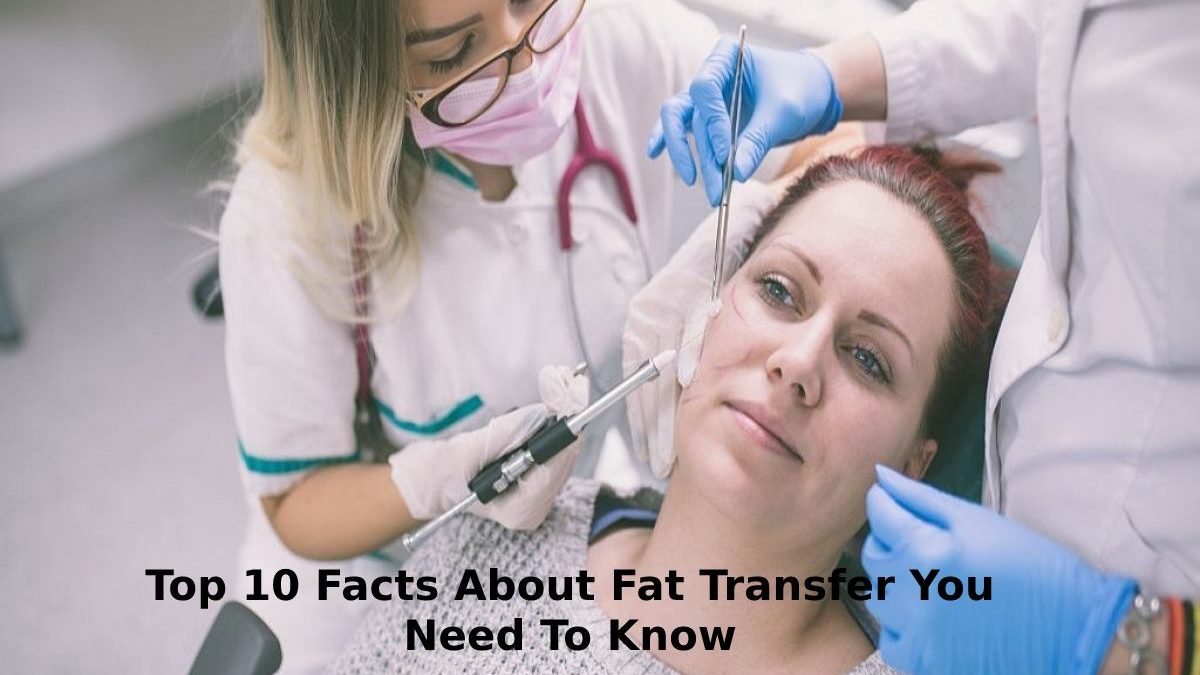Table of Contents
Introduction
Fat grafting, is also recognized as fat transfer or fat injection, is a surgical procedure by which fat is transferred from one part of the body to another. The goal of surgery is to improve or enlarge the area where the fat is injected. This technique involves removing adipose fat through liposuction, processing the fat, and then re-injecting the refined fat into the area that needs improvement.
Since the 1990s, plastic surgeons have used fat grafting as a way to augment and improve the cosmetic appearance of the face, breasts, feet, hands, hips, and buttocks. Though, more recently, surgeon have documented the therapeutic benefits of fat grafting in wound and scar healing, as well as the ability of fat to repair damage to breast tissue after radiation therapy.
Fat Transfer Plastic surgery procedures have become quite famous globally, and their fame continues to grow. There were17.5 million procedures performed in 2017, a 2% rise from the 2016 number. Today, the projection is even higher, with thousands of people getting different approaches for medical and also cosmetic reasons.
1. It Equals a Free Massage

Once the surgeon removes the fat from liposuction, they inject it into the intended area. After the injection, the surgeon has to thoroughly and slowly massage the infusion. It lets the new fat settle in compact layers giving a natural finish. The procedure takes several injections to achieve the perfect outcome, but the process is the same, inject, then massage.
2. Requires Anesthesia
Like any other surgical procedure, liposuction and fat transfer require anesthesia depending on the augmentation area. For larger sizes, general anesthesia is mandatory; for smaller regions, local anesthesia works just fine. Anesthesia gives the patient a relaxing, pleasing moment to allow the surgeon to perform the procedure.
3. It’s a Quick Procedure
Some cosmetic surgeries take lots of hours and some even days. The liposuction process can be as short as one hour. With anesthesia administration included. The process can take up to 3 hours, depending on the injection area and the amount of fat you need to inject. However, the results may take longer to show, usually after a month in most cases and after the swelling begins to go down.
4. Liposuction is Holistic

The fat used for the transfer is usually fat from the patient’s body. The surgeon gets it from an unwanted area using liposuction technologies. Once they harvest the fat, it passes through purification. It is then repurposed for injection in the desired size of the body—for instance, lips, buttocks, or under the eyes. This procedure usually has no risks because the fat used is from the same body. In addition, the approach is entirely holistic, with no foreign substance needed.
5. Not All Fat Cells Usually Survive
Some fat cells from the fat obtained from liposuction usually die during the procedure, while others reabsorb over the transfer process. The surgeon uses advanced techniques to handle the harvest to ensure this does not happen. The plastic surgeon will often go for the “diet-resistant” fats; they are the best at offering lasting results. They contain stem cells preserved in the transfer process that help the transfer effect without added substances.
6. There is Minimal to No Scarring
During cosmetic surgical procedures, patients are constantly worrying about possible scarring. With this procedure, there is usually minimal to no scarring. However, some patients may experience some minimum amounts of scarring from the removal sites and the injection site. Working with an experienced surgeon will give you the advantage. They usually reserve the removal sites and also the injection areas for areas where the clothes cover most of the time.
7. It is an Outpatient Procedure
The procedure may involve general anesthesia, but it is an outpatient procedure at any accredited facility. After the process, you may be too tired to take yourself home. It is best to have an emergency contact who can drive you home once the process is complete.
8. The Side Effects Usually Die Out in a Few Days
The following days after the procedure, you may feel soreness, bruising, and significant swelling in the injection areas and where the surgeon removed the fat. In most cases, patients’ recovery depends on the surface area of the affected area, the place the fat was removed, and how much fat was removed. But, after a few days, the swelling and bruising should subside. A full recovery can be seen in a month or so.
9. The Procedure is Affordable
Many health insurances do not cover cosmetic surgeries, making patients pay in cash. Therefore liposuction is quite affordable, meaning it won’t drain your pockets to get a procedure done. The policy’s total cost usually depends on certain factors; the amount of fat removed and transferred and the area operated on. Although in most cases, a procedure can cost as low as $3,000. It is a worthwhile investment considering that the results can last for years, with no annual upkeeps. It is more of an investment for those who go for them.
10. The Results Can Last Years
Most cosmetic procedures require constant upkeep, some going from monthly to yearly. However, liposuction procedures can last for years with no maintenance. The only hiccup is that some injected fat can get reabsorb. It can easily be corrected by layering the injected fat. In some cases, the surgeon uses Platelet Rich Plasma to increase the lifespan of the procedure.
Conclusion
Fat transfer, also called fat grafting, fat injections and lipofilling, is a process that uses a person’s fat to fill in irregularities and grooves. It is now a well-established method perfect in the early nineties into a predictable procedure.

